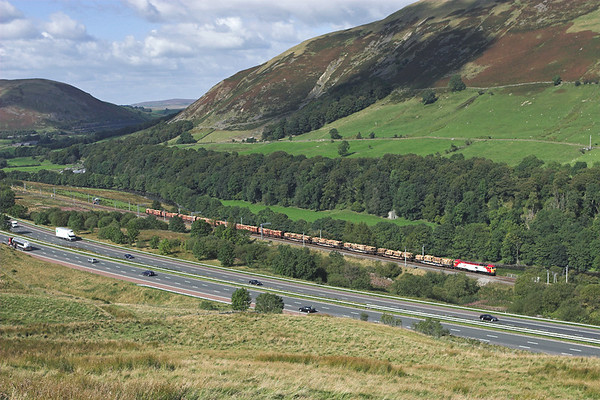Question - has there ever been an effort to mitigate or minimise the impact of OHLE equipment on the landscape?
Reason for asking is a friend happened to mention he thought that back in the 70s or early 80s the masts etc had been painted a green colour on the West Anglia line to Cambridge - somewhere in the Roydon, Sawbridgeworth area.
Any thoughts on this? Was anything trialed in this way?
Reason for asking is a friend happened to mention he thought that back in the 70s or early 80s the masts etc had been painted a green colour on the West Anglia line to Cambridge - somewhere in the Roydon, Sawbridgeworth area.
Any thoughts on this? Was anything trialed in this way?

